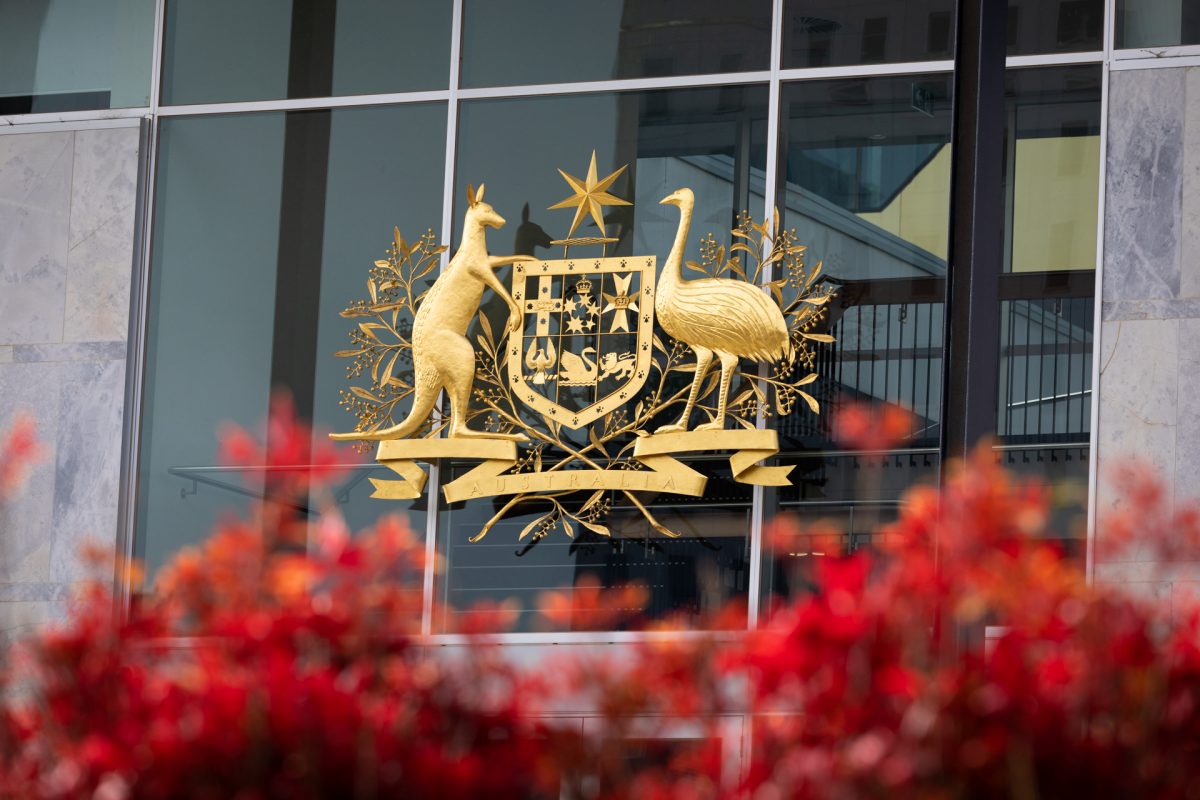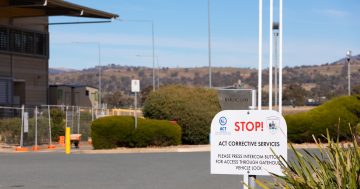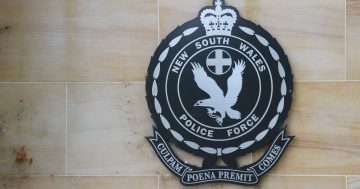
Findings from an inquest into Nathan Mugridge’s death in a single-vehicle car crash in 2022 have not found a “precise cause” for the accident. Photo: Michelle Kroll.
CONTENT WARNING: This story contains material that may be upsetting.
A coroner has found that “speed, inexperience, intoxication” were among the factors behind a fatal 2022 car crash.
On 20 May, 2022, 21-year-old Nathan Allen Mugridge was driving home, with his friend Samuel Berron in the front passenger seat, when the car left Kingsford Smith Drive in Melba and hit a light pole near the intersection with Verbrugghen Street.
ACT Coroner Ken Archer found that while the exact cause of the accident couldn’t be identified, there were several contributing factors.
“Excessive speed, inexperience, intoxication, the performance characteristics of the car, and the poor mechanical condition of the vehicle were factors that had likely contributed to the collision,” he said.
The two men had left Mr Mugridge’s home to “play pokies and have a few drinks” at the Belconnen Soccer Club in McKellar, leaving the venue at 5 pm.
A short time later, Mr Mugridge was driving them south along Kingsford Smith Drive in Melba.
“Mr Berron recalled that he thought Nathan was ‘driving like a granny’, and that he told Nathan to ‘give it a bit’ to ‘listen to the turbo if [he] wanted to hear what it sounds like’,” Mr Archer said.
Mr Mugridge ultimately lost control of the car, which hit a light pole on the driver’s side.
He was killed in the accident, with a post-mortem examination finding his cause of death was severe head injuries.
“Based on the available evidence, I do not find that Mr Berron had engaged in any physical act that contributed to the cause of the accident, or to Nathan’s death,” Mr Archer said.
After the accident, Mr Berron was able to extricate himself from the vehicle.
Witnesses saw Mr Berron head back to the car and start shouting at Mr Mugridge. He then climbed back into the passenger seat and struck his friend several times in his chest and shoulder area.
In the ACT Magistrates Court, Mr Berron ultimately pleaded guilty to charges of interfering with a corpse and common assault.
In May 2023, he was sentenced to a 12-month good behaviour order for the offending, and fined $2000.
Mr Archer found “the performance characteristics of the car, and the poor mechanical condition of the vehicle” were further factors behind the accident.
After the crash, Australian Federal Police officers inspected Mr Berron’s car, finding it had been fitted with a specific four-cylinder engine and was commonly considered a high-performance vehicle.
“The engine system contained various aftermarket components, including an electronic boost controller with an in-cabin switch to change boost pressure, an aftermarket exhaust system, an aftermarket high-flow air filter, and an aftermarket blow-off valve,” Mr Archer said.
Mr Berron confirmed that the front bumper and rear subframe had been damaged before the accident.
However, while the officers did not “identify leverage in the damaged subframe as a specific mechanical fault (likely due to the extent of the collision damage)”, they did find that it would not have been roadworthy because of insufficient tyre depths and the suspension height.
The investigators found the road surface and markings were in good condition at the time of the crash and that the car was likely travelling between 123 km/h and 138 km/h.
As the passenger, Mr Berron’s blood alcohol level was not tested. However, tests of Mr Mugridge’s blood found it was twice the legal limit for drivers with a full licence.


















Matt Jorgensen yep, they never do… View